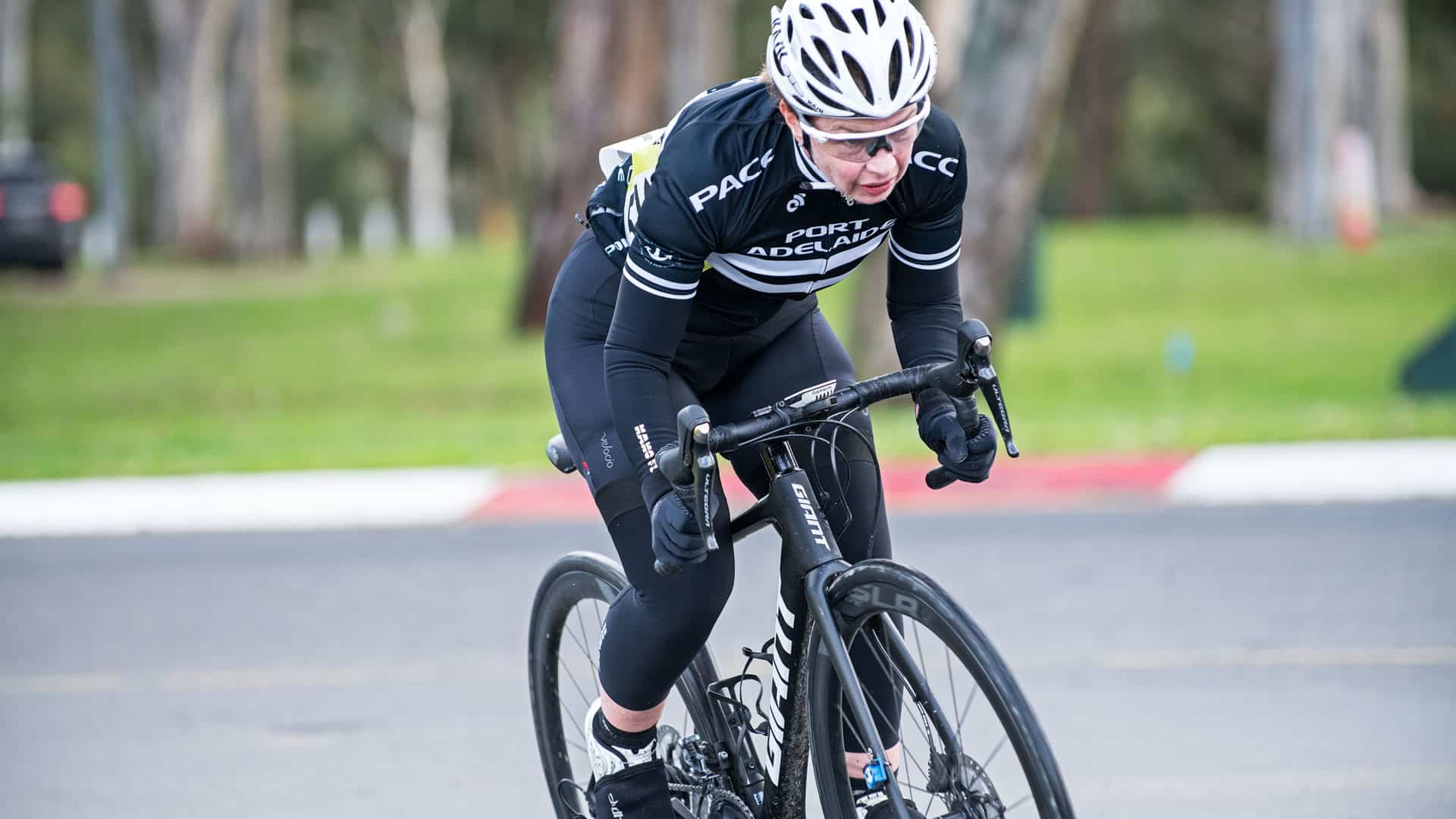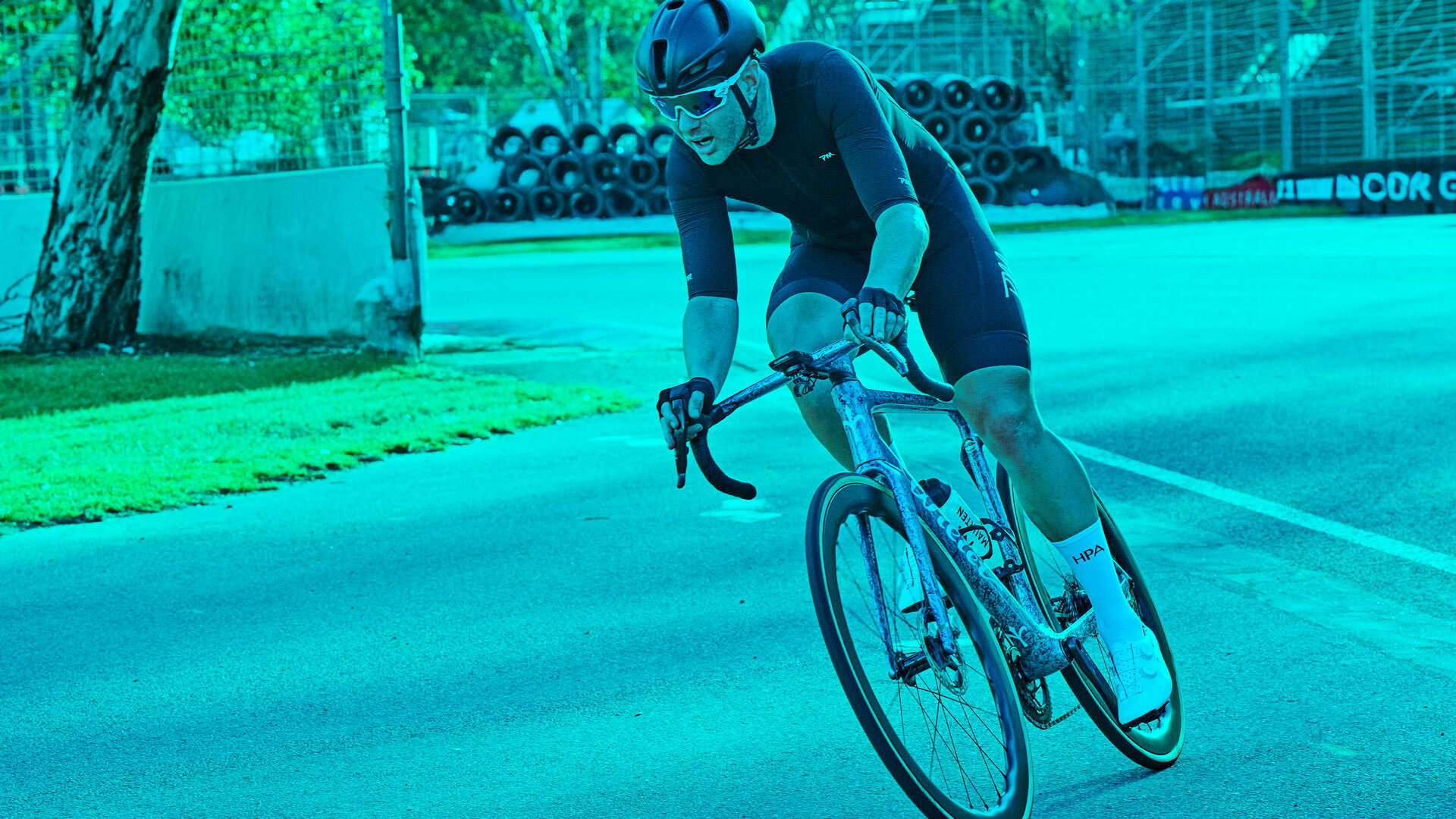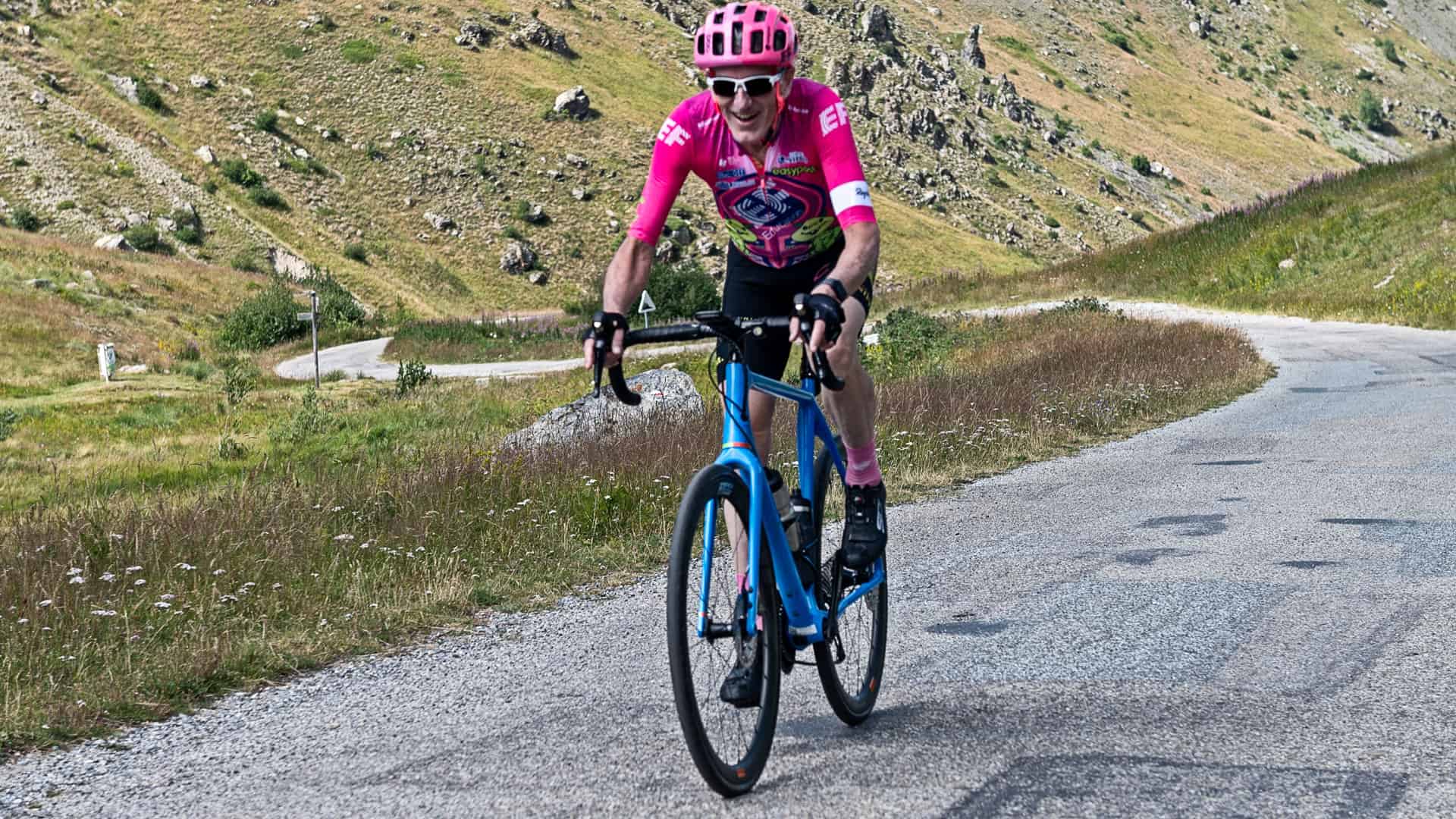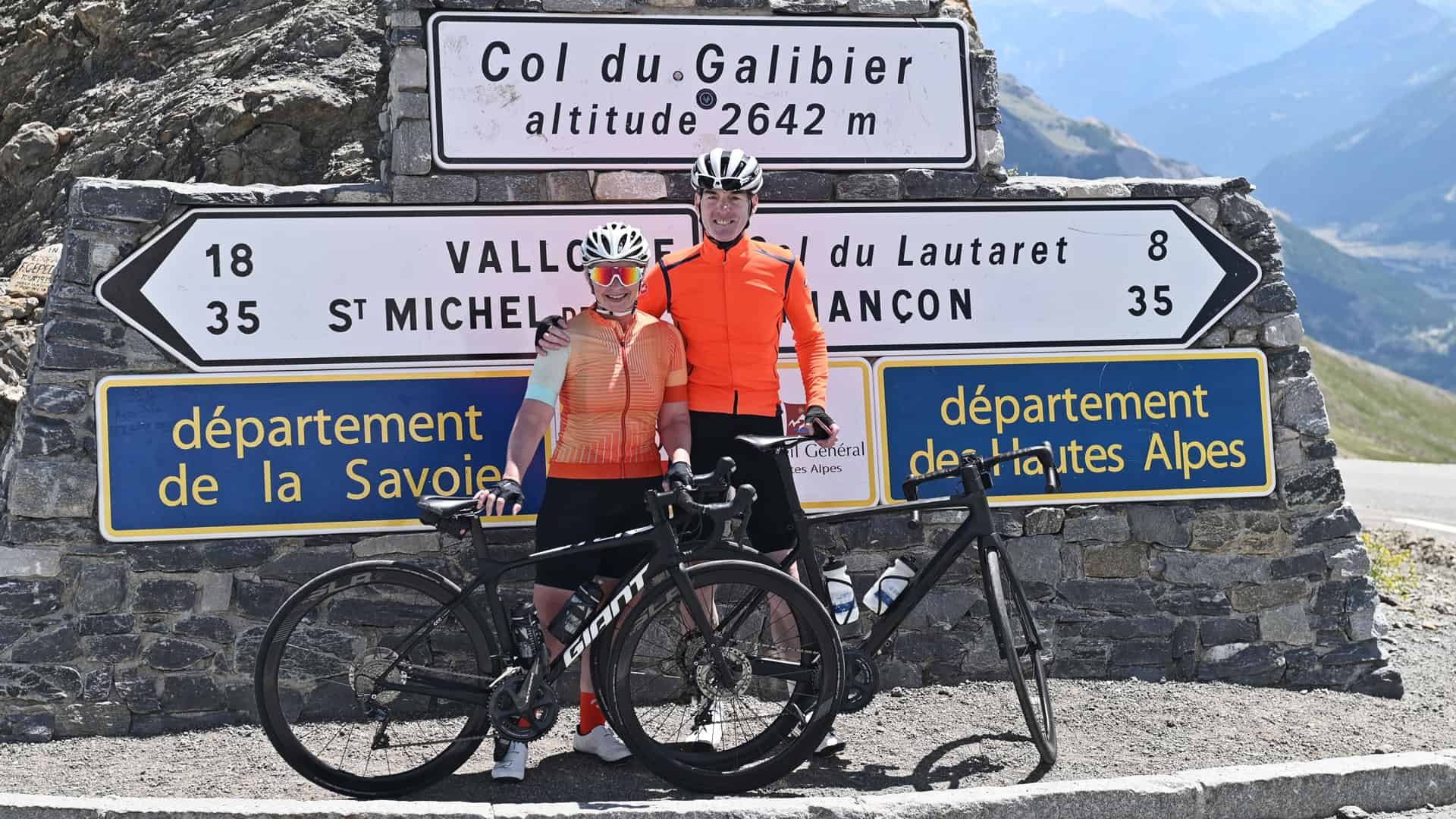In this video we cover off: What is the best wheel tire combination for indoor cycle training, training with power and what the numbers mean and more cornering skills.In this video we cover:
00:21 – What is the best wheel tire combination for indoor cycle training
03:01 – Training with power and what the numbers mean
05:44 – More cornering skills
Video Transcript:
Hi. Welcome to Cycling Inform’s weekly cycling tips. My name’s David Heatley, and here’s what I’m going to be covering off: What’s the best rim and wheel combination for indoor training, a basic idea of training with power, and what the numbers mean, and more tips on cornering.
Don’t forget to follow us on Twitter and like us on Facebook. We’ve also got a weekly newsletter that goes out by email. If you are interested in receiving weekly tips about your cycling, please register yourself on that as well.
Adam’s asked a question, “Would my training with the Kurt Kinetic be more efficient with a carbon rim and the Kurt Kinetic training tire?”
Adam, it doesn’t matter which wheel or tire combination you put on your Kurt Kinetic trainer. The important thing is to keep that combination consistent with all your training. The reason for that is that it acts as a benchmark. Whenever you start changing the type of wheel/tire combination on your Kurt Kinetic trainer, it will mean that your power curve, or the curve or the resistance, will change slightly.
The benchmarking that you’re doing with your Kurt Kinetic trainer will obviously change as you change your wheel. With the Kurt Kinetic trainer, you’re able to benchmark your performance based on your average speed for each of your interval sessions. If you change your wheel, it’s going to change the variable for that benchmark and it will mean that it won’t be as accurate against your normal benchmarking.
Does the wheel make a difference? Yes, it does, but it’s important to make sure that you keep it consistent so that you keep your benchmarking consistent.
If you are using an indoor trainer here in the southern hemisphere to keep yourself fit during the winter or, if you’re in the northern hemisphere and your using your indoor trainer to help work through your season to make sure that you’re in the best possible condition for your events and races, then please take a look at our 12-week training programs that we have on sale on our store. These are complete 12-week training programs that include indoor training sessions and sessions out on the road. They also include functional strength training and mobilizers, those are stretchers.
We’ve got four different types of these 12-week training programs. We’ve got one for aerobic base building, one for hill climbing, one for road races, and one for time-trial specialists. If you’re a recreational rider that’s training up for recreational events, then the aerobic base building and the hill-climbing packages are ideal for you. If you’re a road racing cyclist, then the road-racing 12-week training package is the one for you. If you’re a time-trial specialist then, obviously, the time-trial package is the one for you.
Ben’s asked the question, “Could you give me some basic idea of training with power and what the numbers mean?”
Ben, I could talk about training with power for a couple of weeks, but here are the simple pointers on it. I’ve been training with power for over four years now and I’ve seen some inconsistencies between the current power training, methodologies that we have at the moment, and what I’ve seen from the athlete’s data that’s coming back to me on a weekly basis. I’m just refining these power methodologies at the moment, but at some point, it will end up as premium members’ content in our premium members’ area on our website. In the meantime, here’s a little information about power training.
When you put a power meter on your bike, you’ll find when you go out for a ride that those numbers will vary a lot more than your heart rate and that they’ll start bouncing around. The first thing I recommend that people do is set their bike up to measure a five, 10, 15-second average of power rather than instantaneous power. That will help buffer out the variation in power numbers that are coming out of the computer and it’ll make things a little bit less confusing.
The next thing to understand about power is that you’re able to measure your performance every time you go out on a ride, so you get to test yourself in every single ride. Because you’re getting these absolute numbers, it means that people will try to start chasing their personal bests. They want to get their best five-minute. They want to get their best 10-minute. They want to get their best peak maximum power output, but there’s a big problem with this.
You see, depending on where you are in your training cycle, you may not necessarily be peaking. As you start loading yourself up for training, you’ll find that your personal bests may become quite challenging to get. This is important because it’s all got to do with the training load, fatigue and recovery cycles that we run our athletes through.
When I’m coaching my athletes, I say, “Please, please, don’t chase your personal bests. Let me analyze the data and just go out there and do the training that I’ve prescribed.” On the four-week cycles that I run my athletes through, obviously at some point during those four weeks, we’re going to be peaking them for that four-week cycle. That’s where we start looking at those numbers.
The other number to look at when you’re training with power is your weekly TSS. “TSS” stands for “training stress score.” You want to make sure this number is fairly consistent throughout your weeks and you want to make sure that you don’t exceed it by about 20% in any one particular week. TSS is a number that we closely monitor in our programs.
Tracy has asked a question around cornering. I have provided some tips around cornering in previous videos. After my last tip on cornering, I got an email from a person commenting on the use of a front and rear brake. My recommendation was that you use your back brake when you got into the corner, but in conjunction with that, you can use your front and rear brake when you’re coming into a corner to make sure that your speed’s good before you enter it. When you get into the corner, it’s important just to use your rear brake. That’s the big distinction around using your front and rear brake.
If you come into a corner and you just don’t do any braking until you hit your corner and don’t get your speed right, then you’re going to run into all sort of crazy problems. Just a recap on that: When you’re coming into a corner, it’s important, just like when you’re driving a car, to get your speed set for that corner before you enter the corner. If you need to manage your speed through that corner after you’ve entered it, you use your rear brake rather than your front brake.
Thanks very much for watching these cycling tips. I hope they’ve been helpful. My name’s David Heatley, from Cycling Inform.





Leave A Comment